I wanted to try to use a buck converter to get 3.3V from a LiPo battery and found the Analog Devices ADP2108. Exact part number: ADP2108AUJZ-3.3-R7. Farnell/Element 14/AVNet link.
I've populated the PCB step by step, first the charger (MAX1555) and checked that it functioned as expected. Then I added the ADP2108 and checked whether the output voltage was 3.3V and clean after the coil. This was all OK after I added the pull up resistor that I forgot on the layout and have since added in the schematic, so the enable pin is pulled high. I did not yet have the PIC delivered, but did have all other components. So I populated all the passives around the pic and the TI TLC59116 LED driver.
After doing so, I checked the Vout of the ADP2108 and found a clean and constant 1.01V instead of the expected 3.3V. I cut the supply traces to the TLC59116 expecting a short there, but that didn't help.
After some searching, I found that I could only get the converter to output 3.3V if I cut all traces (where the red lines are in the layout screenshot). If I connect one of the traces (even the trace with only one of the bypass caps to the non-existent PIC), the output goes back to the same 1.01V.
I've measured and found no short between Vcc and GND. I have also tried to add a load to the output (tried a 470R resistor to ground and a 100mA load on a load bank), to no avail.
I've probed around on the output with a scope and can supply screenshots/descriptions if useful. When the output is 3.3V it runs at 2.7MHz, which is within specifications. If the output is at 1.01V, it also seems to run in PWM mode (with spikes to its input voltage), but the output voltage is too low.
I have no experience with these devices (so far only used LDO's that required no external components apart from caps), but thought it was time to try. Hence, I have no idea where to look next. I tried to measure the total output capacitance between GND and the output, but seem to measure unexpected values (I expect the total capacitance on the output about the sum of all the caps to GND, which is not the case).
I have replaced the coil (I originally used Murata LQM2HPN1R0MG0L as it was described as "high frequency" and had a low ESR) with one of the recommended coils(the Coilcraft LPS3010-102MRB Power Inductor, 1 µH, Shielded, 1.6 A), and did the same with Cin and Cout, to no avail. Also replaced the converter, just in case. All traces are kept as short as I felt possible.
Apart from the issue with the converter, any recommendations on good layout practice is more than welcome.
Requested traces (when unexpected behaviour is shown):
CH1 before L1, CH2 after L1. Marker shows PWM pulse length (around 2.9MHz)
CH1 before L1, CH2 after L1. Marker shows length in between PWM bursts:
Traces with 10uF added to the output capacitor after cutting the traces to the loads. So about 20uF in total.
CH1 input to switcher, CH2 before L1, CH3 after L1. Max1555 Powered from DC bench supply.
